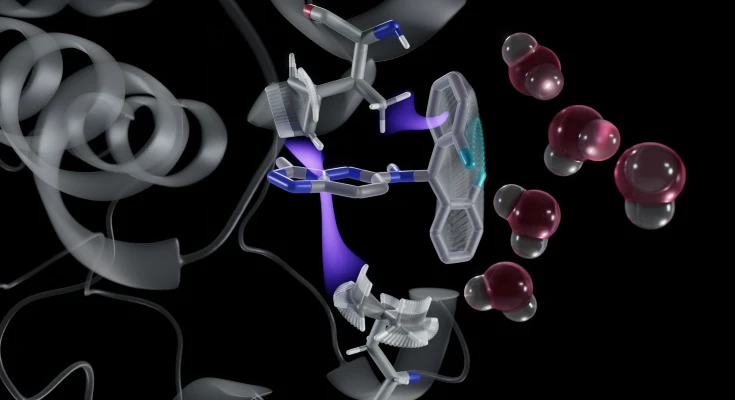Drugging Dynamic Proteins
Half of all human proteins are highly flexible and cannot be systematically drugged with current technologies which can only generate “photos”. Resonate Bio’s hybrid AI-NMR technology can generate “movies” of drugs binding to their target proteins. This unlocks structure-based drug design for dynamic disease-causing proteins.
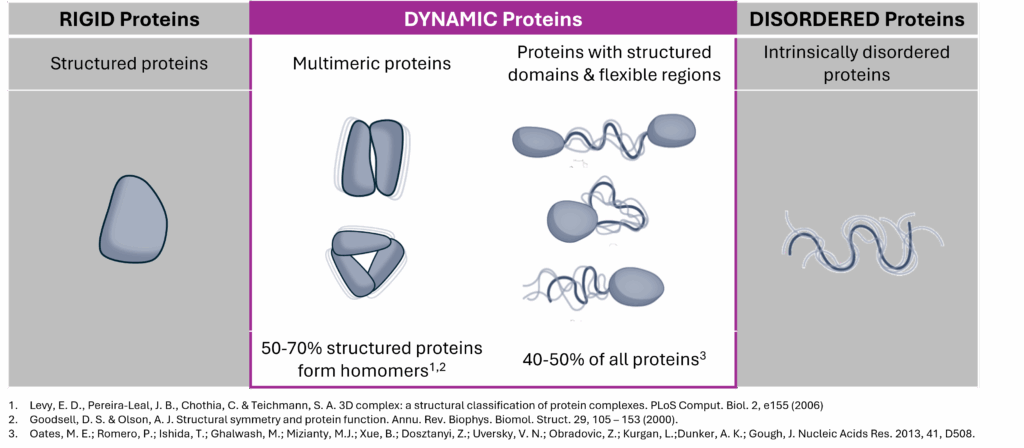
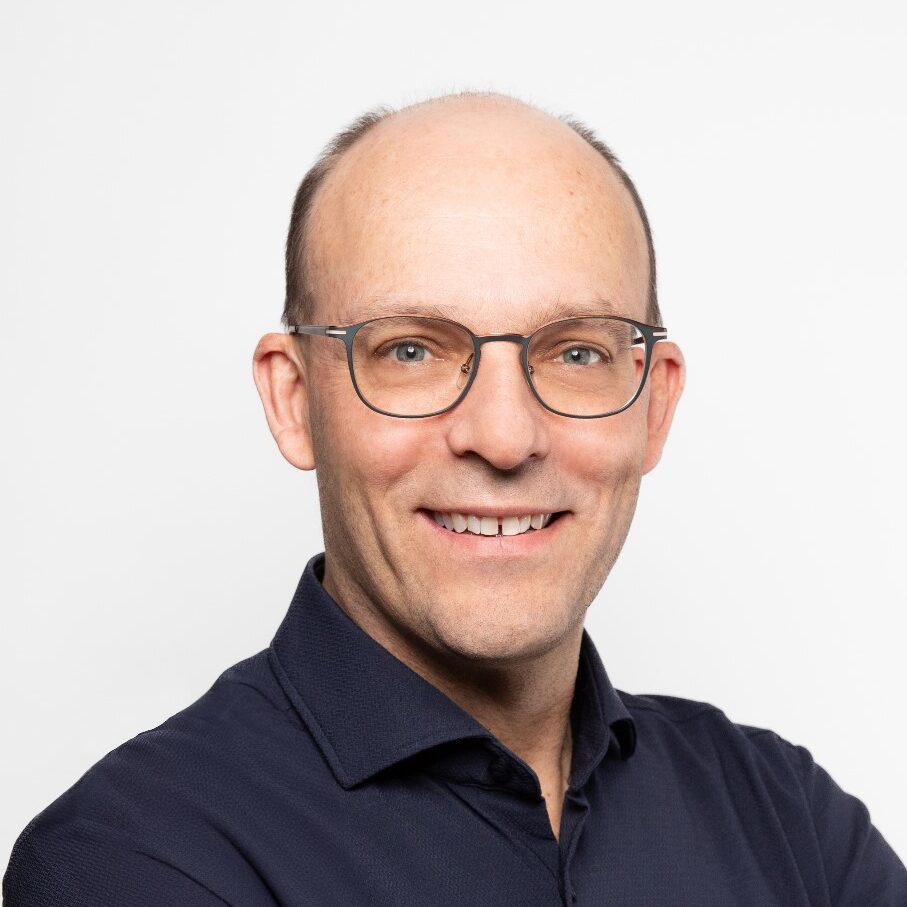
Transforming Structure-Based Drug Design
Scientists use technologies such as X-ray crystallography to obtain “photos” of disease causing proteins with drug molecules bound like a lock and key. This allows them to see where every atom is positioned, enabling them to design the perfectly fitting drug (key) for the disease causing protein (lock) being targeted. This technology has transformed drug discovery for rigid proteins turning many of them from “undruggable” to drugged. In order to drug “undruggable” flexible proteins a technology capable of taking “movies” at the atomic level is required.
Approved drugs transformed by structure
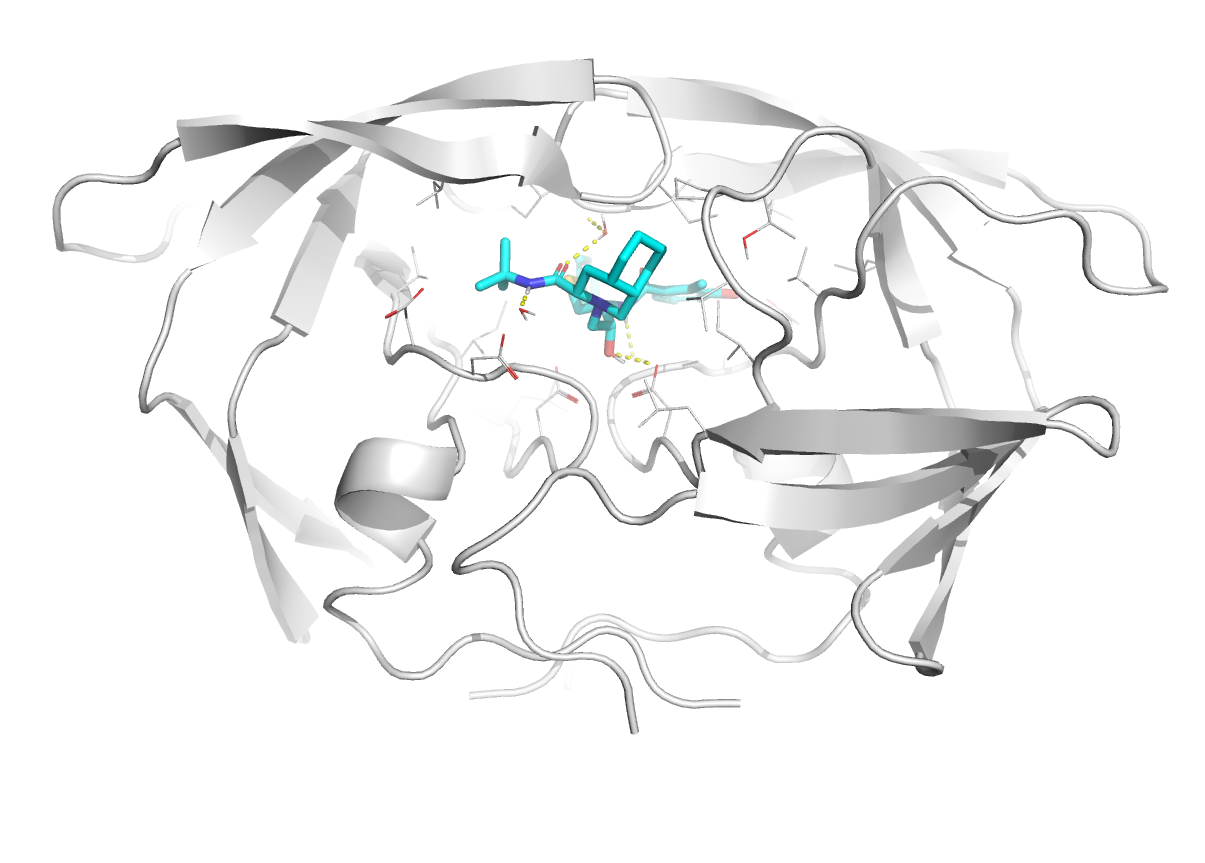
Viracept bound to HIV Protease
Discovered by Agouron Pharmaceuticals in San Diego USA and FDA approved in 1997
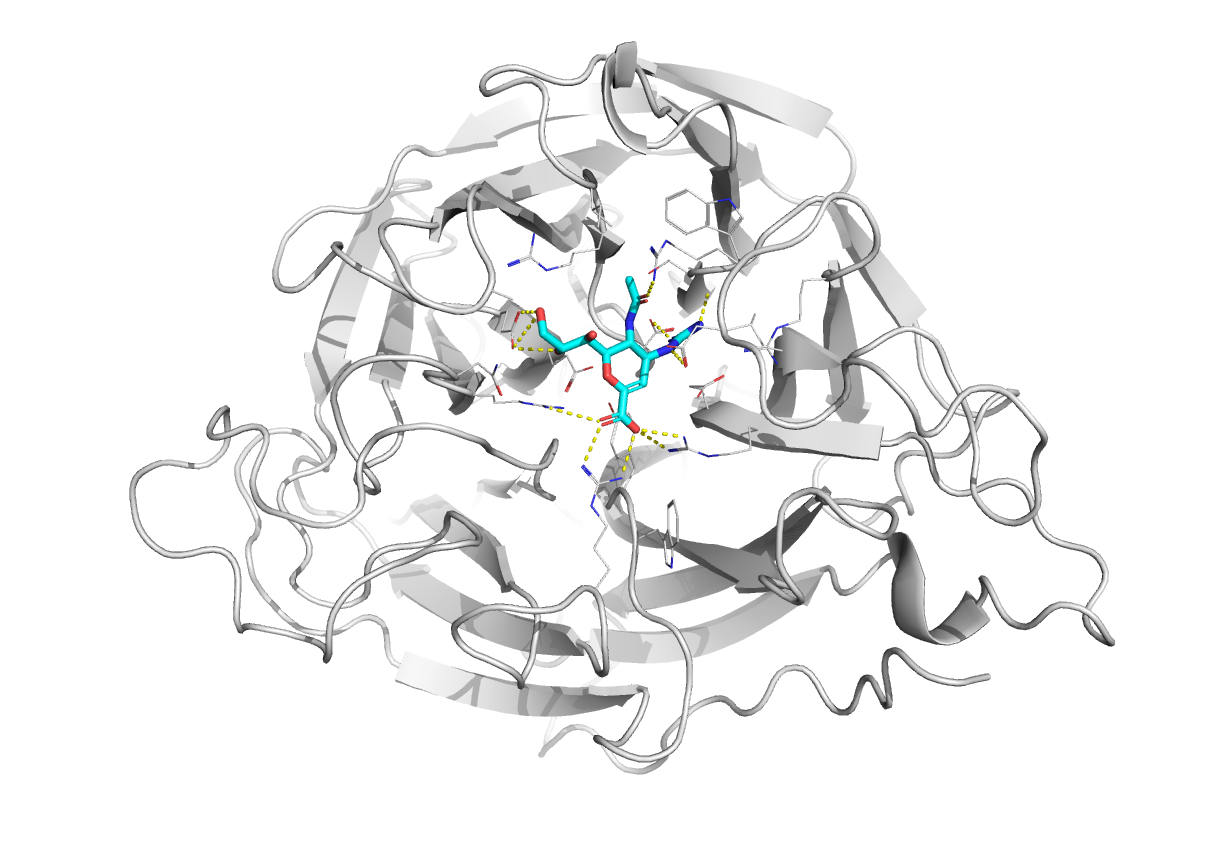
Zanamavir bound to neuraminidase
Discovered by Biota Holdings in Melbourne Australia and FDA approved in 1999
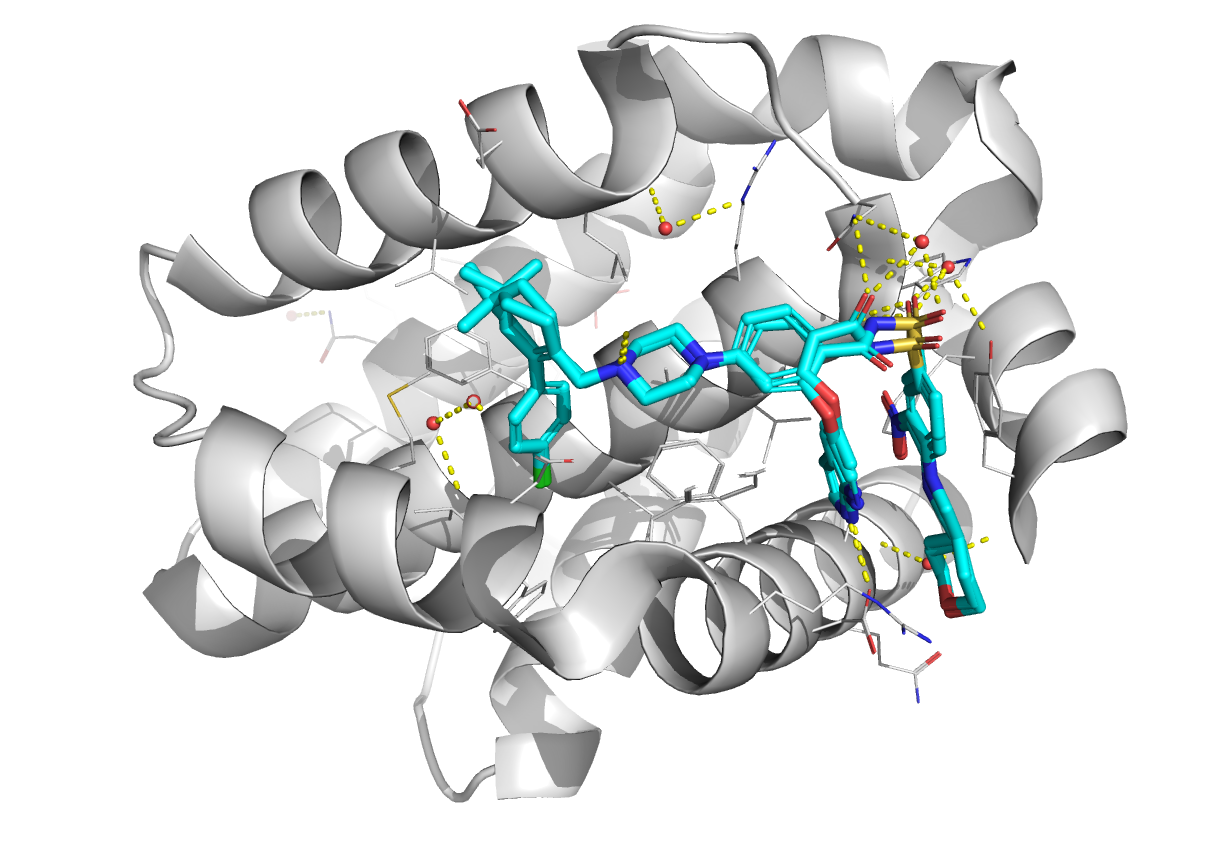
Venetoclax bound to BCL2
Discovered by Abbott in Illinois USA and FDA approved in 2016
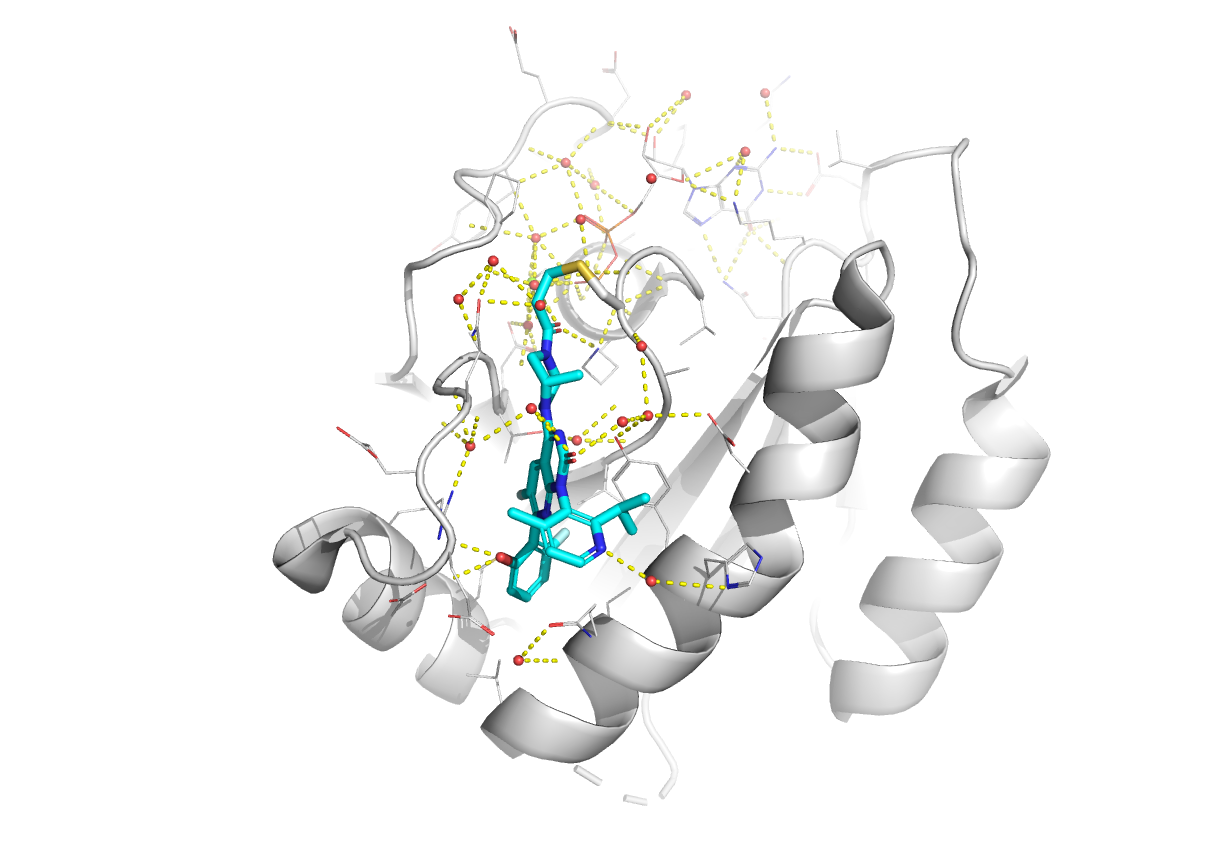
Sotorasib bound to KRAS-G12C
Discovered by Amgen at Thousand Oaks USA and FDA approved in 2021
Resonate Technology
Resonate Bio’s technology generates “movies” of dynamic, disease-causing proteins.
These “movies” are ensembles of protein-ligand structures that reflect the conformations of both ligand and protein that occur in solution as well as their relative populations. This is possible because our technology is a hybrid of AI algorithms and biophysical NMR data which is measured in solution. Importantly, this can be done for all compounds synthesized, in high throughput and at high resolution.
We call these Resonate Structures.
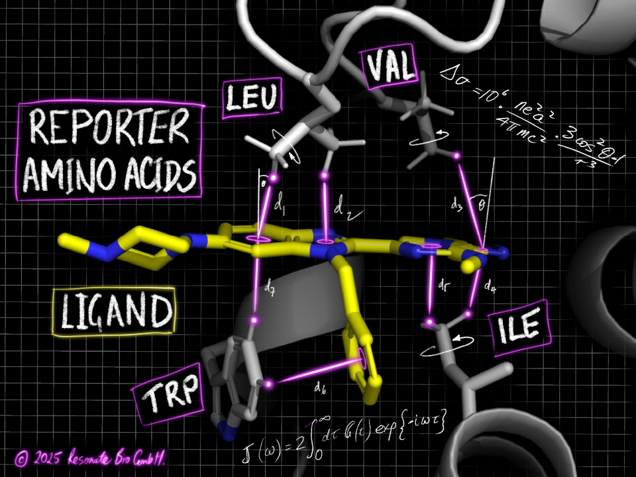
EVERY COMPOUND
The Nuclear Magnetic Resonance (NMR) biophysical measurements that Resonate’s technology requires are performed in solution which eliminates the requirement to generate suitable crystals or grids as is the case for X-ray crytallography and Cryo-EM.
HIGH THROUGHPUT
Resonate’s technology requires Nuclear Magnetic Resonance (NMR) experiments that require 30 minutes to a few hours of measurement time which allows Resonate Structures to be determined for all compounds synthesized.
HIGH RESOLUTION
Resonate structures are generated in three different levels: High Throughput structures which can be generated in a matter of a few hours, High Resolution structures which require 1-2 days and structures for highly Flexible Ligand which require an additional 1-2 days.
